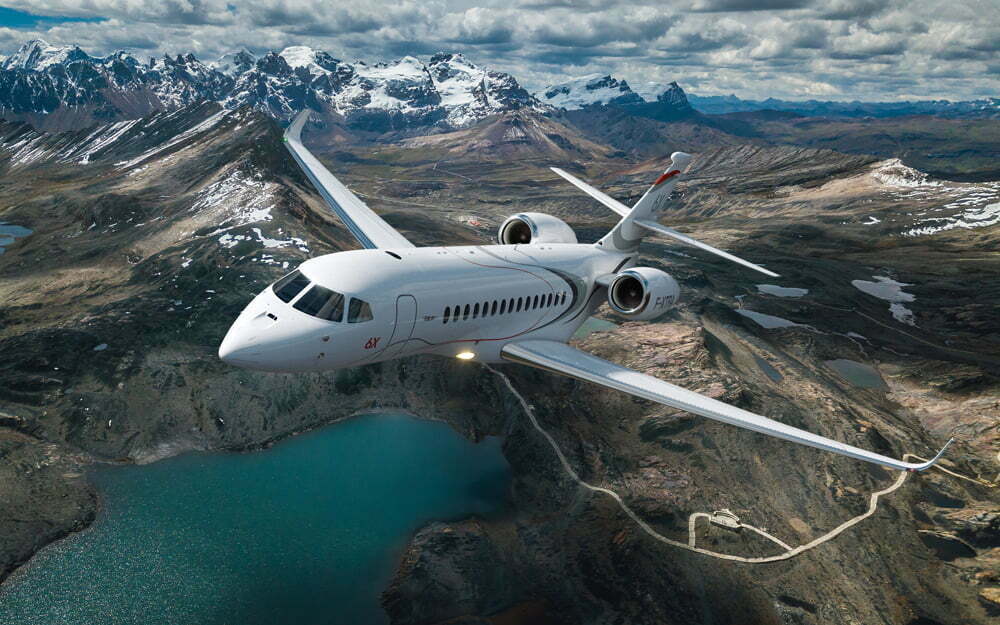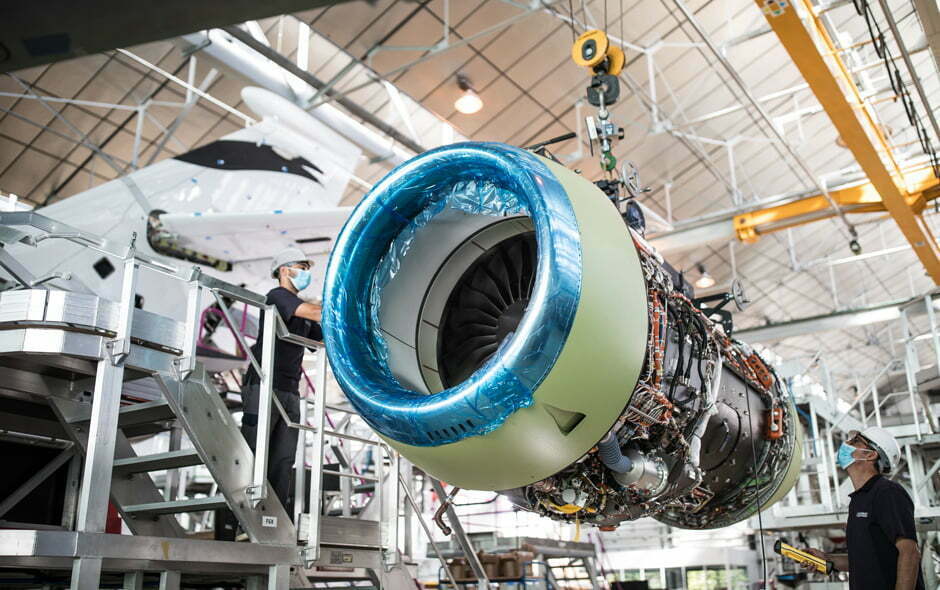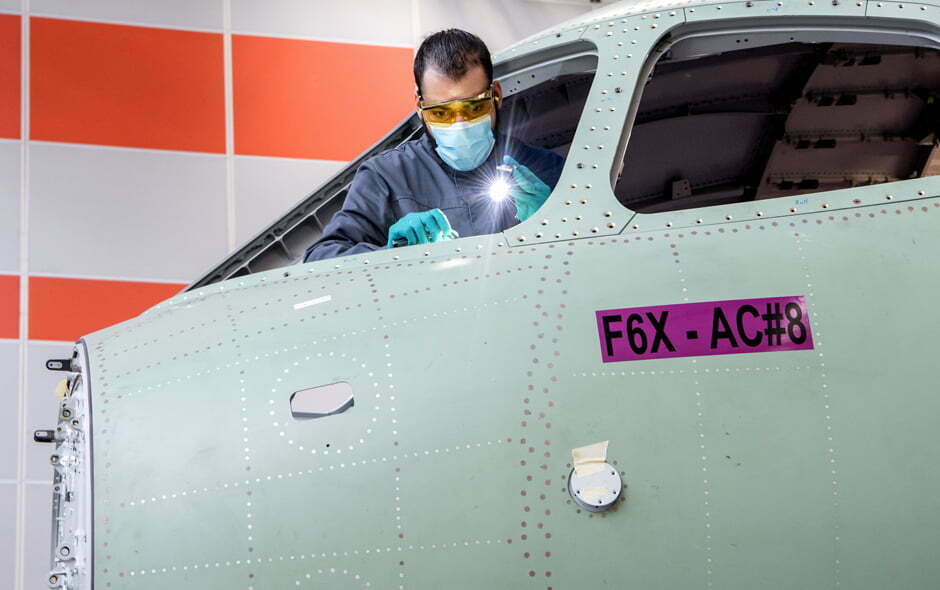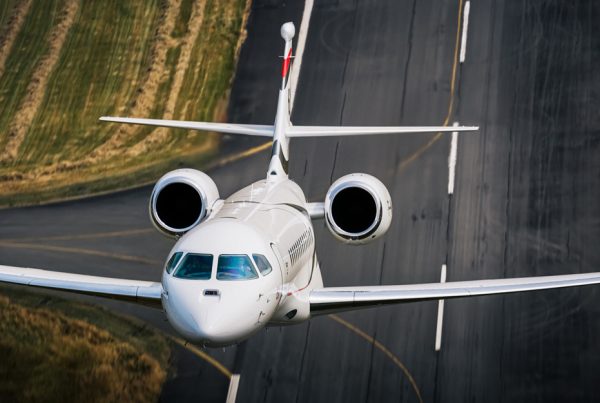
Falcon 6X Program Making Steady Progress Towards 2021 Planned First Flight Despite Pandemic Complications.
Dassault Aviation is making steady progress toward the development of its latest and roomiest aircraft, the Falcon 6X, with their 2021 planned first flight on course despite the COVID-19 pandemic woes.
“Bringing the Falcon 6X to market on schedule is a top priority for the company. Our planning and production staff have been diligent and resourceful in adapting procedures to new sanitary guidelines to keep this program running smoothly,” said Dassault Aviation Chairman and CEO Eric Trappier. “Our suppliers have also made extraordinary efforts to support us. We are grateful to them all.”
Dassault Aviation has planned for 3 pre-production Falcon 6X aircraft to undergo flight certification. Aircraft no 1 has been powered up and has entered ground testing while aircraft no. 2 and 3 are in its advanced stages of assembly and long cycle parts production for serialised production has begun. Aircraft no. 2 has recently had its wings mated to the fuselage and aircraft no. 3 is in the early stages of final assembly. Each will be heavily instrumented and like aircraft no. 1, each will be capable of performing aerodynamic, performance and system testing. In keeping with the original schedule, certification and entry into service are all set for 2022.
Aircraft no. 3 will receive a full interior for the purpose of evaluating systems functionality, acoustics, airflow, comfort and other factors. Currently, interior furnishings, environmental systems, electronics and other equipment are being tested in a ground test rig prior to installation on the aircraft.
The electric, hydraulic and fuel system tests have been completed and testing of the Falcon 6X’s advanced digital flight control system have begun together with ground fatigue and damage tolerance testing. This test cycle will later be extended to include stress testing to maximum load limits and beyond.
The Falcon 6X is on its way to setting a new industry benchmark for cabin comfort, long-range performance and flying efficiency. The Falcon 6X will offer the largest cabin cross section of any purpose-built business jet measuring 6’6″ tall by 8’6″ wide and it will be capable of 5,500 nautical mile range allowing it to connect far flung routes such as Paris to Tokyo or Los Angeles to Moscow.
The new twin jet is also equipped with the latest innovative technologies, including a new-generation Digital Flight Control System (DFCS) that provides unmatched manoeuvrability in flight. The new DFCS controls all moving surfaces, including a new multifunction control area called a flatiron, adapted from Dassault’s fighter aircraft.
Also On Target – PW812D Engine
Running in parallel with aircraft production is the assembly of the Flacon 6X engines.
The aircraft’s advanced Pratt & Whitney Canada PW812D engine completed an initial airborne test campaign earlier this year aboard Pratt & Whitney’s Boeing 747 testbed aircraft with a second series of flight tests scheduled for the coming summer. To date, the PW812D has accumulated over 200 hours in the air and more than 1,600 hours on the ground. The engine has also completed initial certification tests, including bird strike, ice ingestion and blade-off tests.
The PW1200G core engine shared by the PW812D has accumulated more than 16,000 hours running time. The PW800 series exceeds ICAO standards for NOx emissions by a double-digit margin and generates ultra-low levels of unburned hydrocarbons and smoke. The PW812D will meet future CO2 regulations and achieve Stage 4 noise requirements with significant margin.
Production operations at Dassault’s Bordeaux-Merignac, France main assembly facility are now back to normal after a brief disruption due to the Covid-19 crisis. The company used the time to devise safer procedures with smaller crews on the production floor, now working once again in two shifts.
The Dassault flight test team is currently coordinating with EASA and the FAA to finalize the flight test and validation program.
Visuals: Dassault Aviation





























